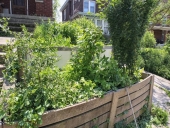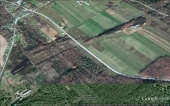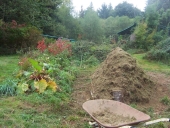
 10
10





 5
5





 1
1




In modern times the only right way forward is to come back to nature.




 3
3




Debbie Ann wrote:Hi Folks,
I thank you for your responses and I looked at the bit of info you provided. I saw some pictures... can you tell me which ones included a food forest? I'm still confused. And maybe what was in it and how you created it? I'd really like to see what 'food forests' usually look like from actual people who have made them. I'm beginning to think this might be another..... waste of time! Thanks.
In modern times the only right way forward is to come back to nature.
 3
3




 1
1




 2
2




 6
6





 12
12





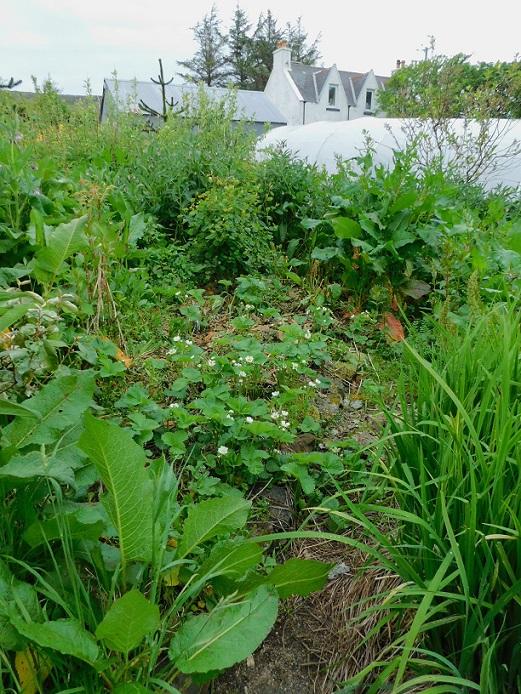


How Permies works: https://permies.com/wiki/34193/permies-works-links-threads
My projects on Skye: The tree field, Growing and landracing, perennial polycultures, "Don't dream it - be it! "
 6
6




 5
5




A build too cool to miss:Mike's GreenhouseA great example:Joseph's Garden
All the soil info you'll ever need:
Redhawk's excellent soil-building series





 3
3




We can green the world through random acts of planting.
 2
2








Jd Gonzalez wrote:
I have a thread under guerrilla food forest here.
I created a page with pictures to document the progress so far from 2015 on.
https://sites.google.com/view/theguerrillafoodforest/home
 1
1




Jenny Wright wrote:
Jd Gonzalez wrote:
I have a thread under guerrilla food forest here.
I created a page with pictures to document the progress so far from 2015 on.
https://sites.google.com/view/theguerrillafoodforest/home
Where are your trees planted? It looks like a school maybe?
We can green the world through random acts of planting.
 2
2




Weeds are just plants with enough surplus will to live to withstand normal levels of gardening!--Alexandra Petri
 4
4




 3
3







 3
3




This is all just my opinion based on a flawed memory









This is all just my opinion based on a flawed memory

 6
6




Together is our favorite place to be












 7
7




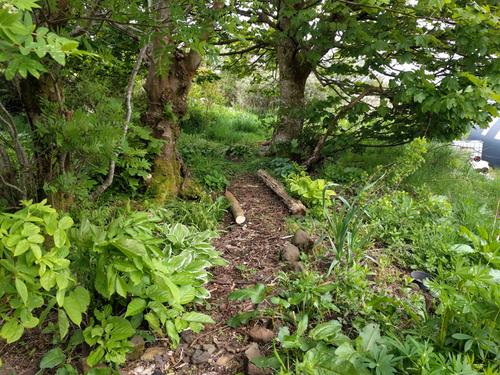
How Permies works: https://permies.com/wiki/34193/permies-works-links-threads
My projects on Skye: The tree field, Growing and landracing, perennial polycultures, "Don't dream it - be it! "
 2
2




- Pancake




 2
2




 3
3




 2
2





J. Avers, Green Country Agroforestry
 1
1




















How Permies works: https://permies.com/wiki/34193/permies-works-links-threads
My projects on Skye: The tree field, Growing and landracing, perennial polycultures, "Don't dream it - be it! "

|
I have gone to look for myself. If I should return before I get back, keep me here with this tiny ad:
rocket mass heater risers: materials and design eBook
https://permies.com/w/risers-ebook
|
